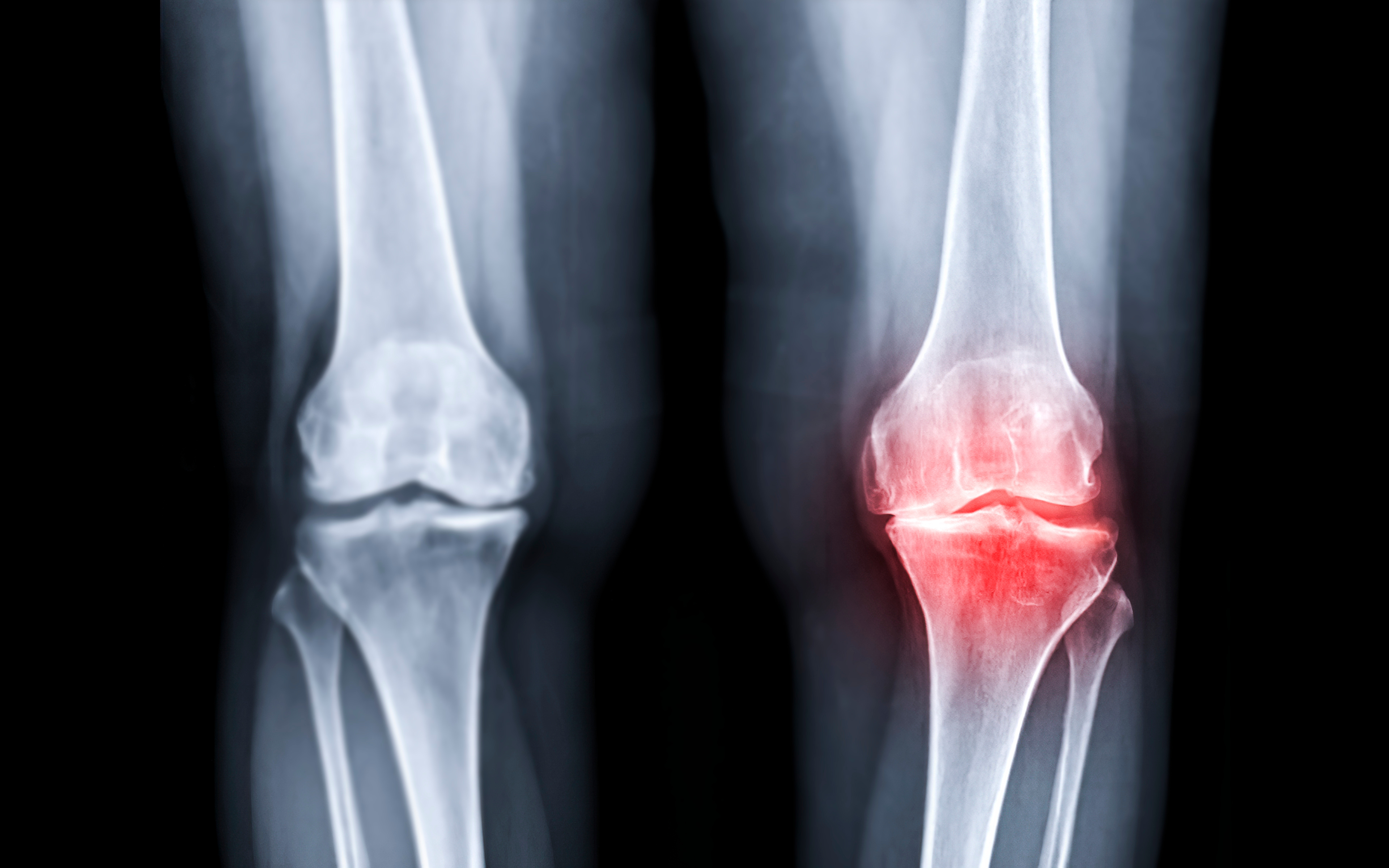
Investigators examined survival rates among patients aged 66 years and older who have experienced hip or spine fractures, according to findings published by Vincent et al in JBMR Plus. In the retrospective study, the team analyzed the outcomes of 98,474 older patients with an index fracture occurring at an osteoporotic site—including hip, clinical vertebral, proximal nonhip nonvertebral, and distal nonhip nonvertebral fractures—and age-, sex-, and comorbidity-matched controls. After a follow-up of 6 years, overall survival was worse among patients with hip, vertebral, and proximal nonhip nonvertebral fractures, as well as patients older than age 85 and male patients. The investigators found that 5-year relative survival ratios were lowest among:
- Male patients with hip fractures aged 66 to 85 (51.9%–63.9%) and 86 and older (34.5%)
- Male patients with vertebral fractures aged 66 to 85 (53.2%–69.4%) and 86 and older (35.5%)
- Male patients with distal nonhip nonvertebral fractures aged 86 and older (69.5%)
- Female patients with hip fractures aged 66 to 85 (69.8% to 79.0%) and 86 and older (52.8%)
- Female patients with distal nonhip nonvertebral fractures aged 86 and older (75.9%).
Patients who sustained hip, vertebral, and proximal nonhip nonvertebral fractures experienced the greatest reductions in survival within 1 month postfracture, the effects of which persisted over time. The investigators emphasized that primary fracture prevention may be needed in high-risk patients. The study authors concluded: “These observations highlight the urgency to change our attitude toward these patients and offer them secondary prevention interventions before hospital discharge.”